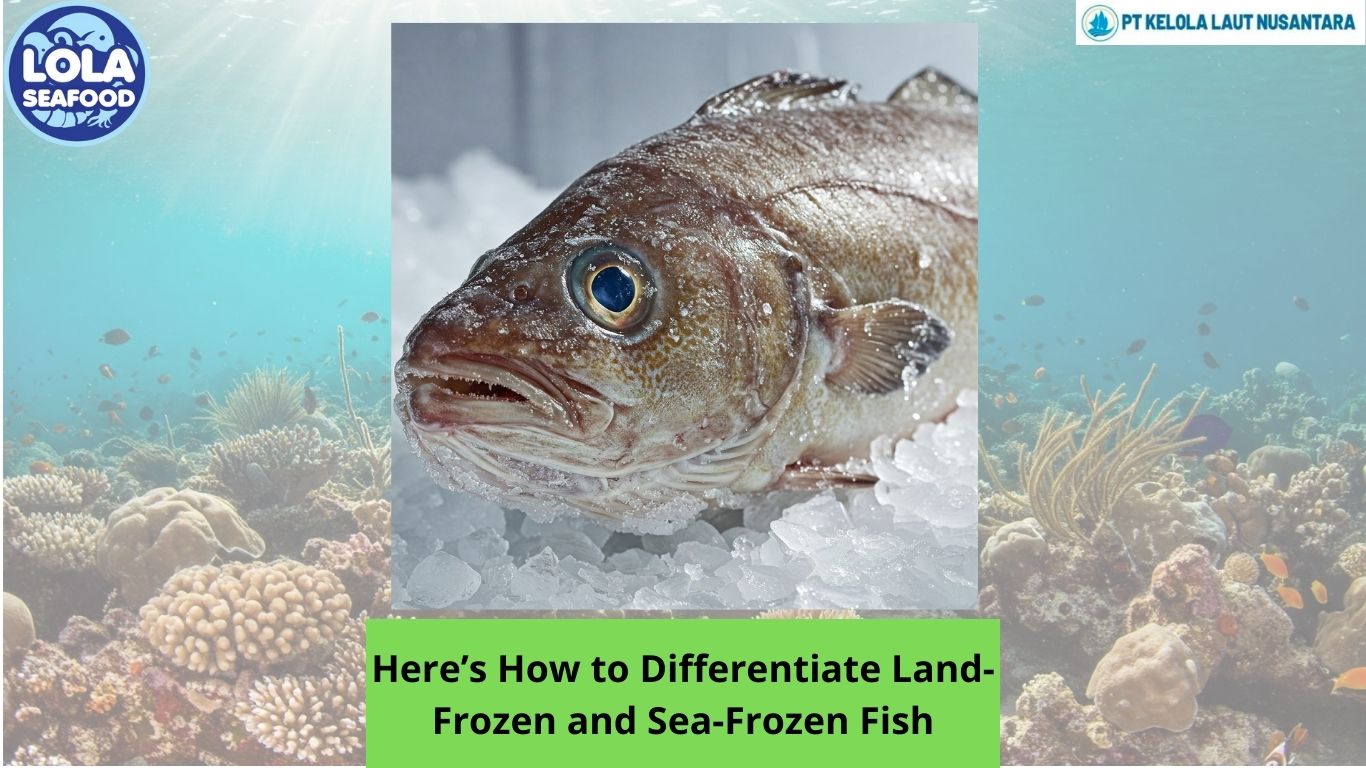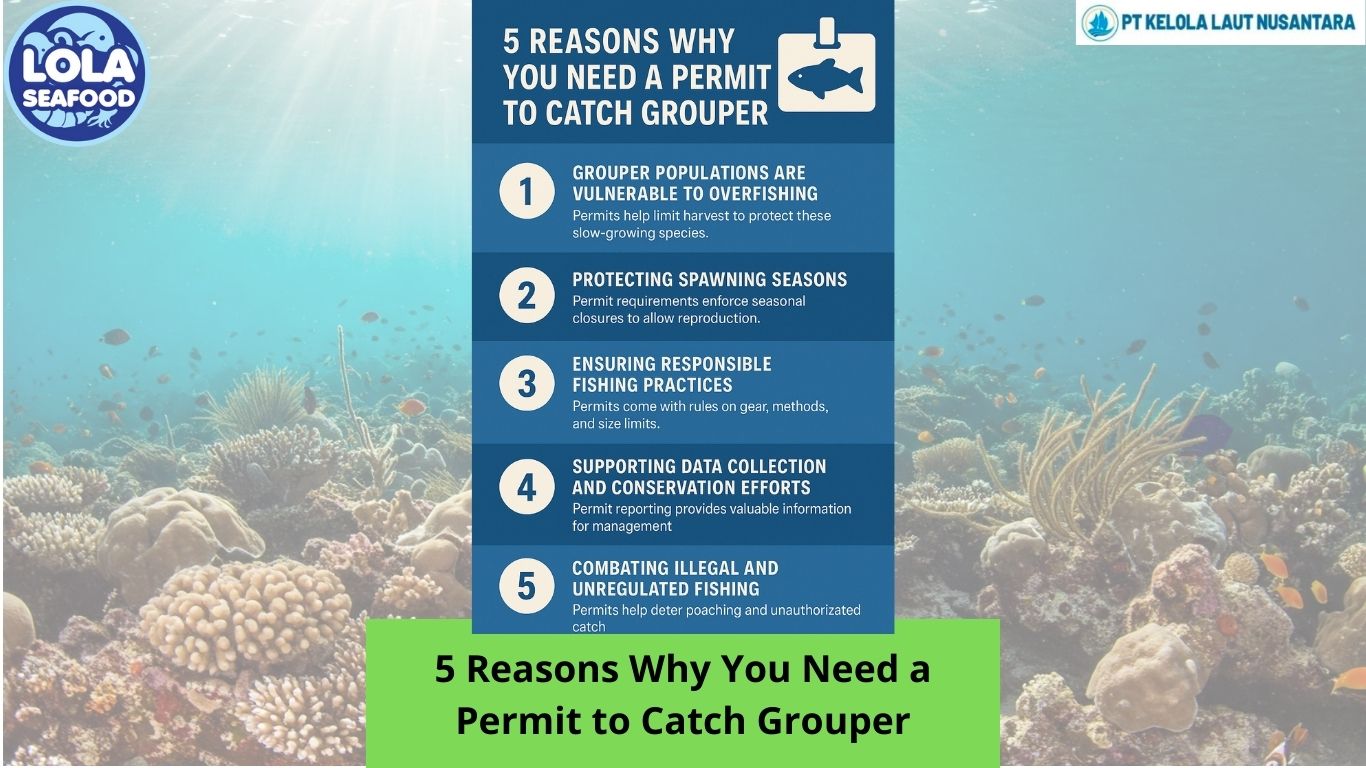The Food Allergen Labeling
By. Najih - 12 May 2023
kelolalaut.com – Food labeling describes as “any written, printed or graphic matter that is present on the label, accompanies the food, or is displayed near the food, including that for the purpose of promoting its sale or disposal.” Fundamental to the food labeling process is declaring what ingredients are in your products. Based on governing food laws we also need to label characterizing ingredients, food additives, and if the ingredients have been derived from genetically modified materials. So, declaring allergens is important as some food ingredients, and food components can induce severe allergic reactions, including anaphylaxis. Allergic reactions vary in severity from gastrointestinal disturbances and skin irritation to anaphylaxis, shock, and death. Because of this, consumers rely on food labels to disclose the presence of allergenic ingredients.
The Food Allergen Labeling and Consumer Protection Act of 2004 (FALCPA) has identified a “Major food allergen” (allergen) as one of the following eight foods or food groups: Crustacean shellfish (e.g., crab, lobster, or shrimp); Eggs; Fish (e.g., finfish); Milk; Peanuts; Soybeans; Tree nuts (e.g., almonds, pecans, or walnuts); and Wheat. Many food labels use ‘may contain’ or ‘may be present’ statements about certain allergens. HACCP plan needs to identify any potential allergen hazards that may occur at each step in the process. Effective control measures or allergen preventive controls will need to be documented to control this potential risk. Allergen-specific production procedures are required to be documented and implemented. This will include procedures relating to receiving until transportation of food products containing allergenic materials. Procedures for effectively cleaning equipment, utensils, food contact surfaces, and non-food food contact surfaces are required. Validation and verification activities of all cleaning practices should also be included as part of your allergen management program. The label or information provided on the finished product packaging is the primary means of communicating the allergen status of the food product to the customer or consumer.

.jpg)
.jpg)
.jpg)




